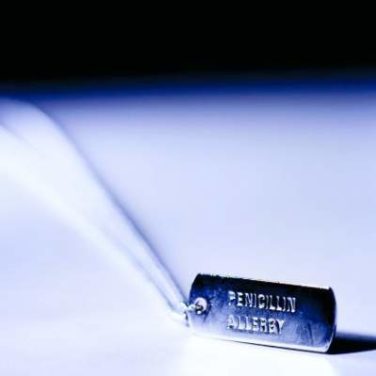AT THE ACS CLINICAL CONGRESS
SAN FRANCISCO (FRONTLINE MEDICAL NEWS) – Patients who did not undergo elective surgical resection after successful percutaneous drainage of a diverticular-associated abscess had low rates of recurrent diverticulitis in a retrospective study, a finding that suggests nonoperative management is a reasonable option in such patients, Dr. Tarek K. Jalouta said.
Percutaneous drainage of diverticular-associated abscess resolved symptoms in 118 of 165 (72%) patients who underwent the procedure at two teaching hospitals in 2001-2013. Sixty of the patients with successful drainage did not undergo elective surgical resection, and eight of these died within a year of the drainage procedure.
Among the remaining 52 patients who had nonoperative management, 72% remained free of diverticulitis after 5 years, Dr. Jalouta and his associates reported at the annual clinical congress of the American College of Surgeons.
“A significant number of patients successfully recover from complicated diverticulitis following percutaneous drainage,” Dr. Jalouta said. “Subsequent nonoperative management carries an acceptable risk for recurrent episodes and may be considered as a reasonable management option.”
All patients diagnosed with diverticular-associated abscess received IV antibiotics within 24-48 hours of diagnosis. The decision to perform percutaneous drainage was at the discretion of the consulting surgeon and the interventional radiologist.
Practice parameters issued by the American Society of Colon and Rectal Surgeons in 2014 suggest that elective colectomy “should typically be advised” following successful medical treatment of diverticular-associated abscess with or without percutaneous drainage, noted Dr. Jalouta of Spectrum Health System, Grand Rapids, Mich. Separate guidelines from the Association of Coloproctology of Great Britain and Ireland state that there is not sufficient evidence to make a formal recommendation on this topic, he added.
For the cohort of 165 patients, the abscesses averaged 6 cm in diameter and were pelvic in 73% of patients, abdominal in 22%, and in both locations in 5%. Multiple abscesses were present in 17%. Patients had a mean age of 61 years and a mean body mass index of 21 kg/m2, and 52% were female.
The patients who did not undergo surgery after successful percutaneous drainage were significantly older than those who had surgery – 62 years vs. 55 years. Those subgroups did not differ in other respects.
An estimated 130,000 U.S. hospitalizations each year are due to diverticulitis, with 10%-20% of cases complicated by an associated intra-abdominal abscess, he said. Most diverticular-associated abscesses smaller than 5 cm in diameter will respond to antibiotic therapy, but patients with larger abscesses or associated sepsis often get percutaneous drainage.
The results were slightly better than those seen in two previous studies. In one study of 511 patients admitted for acute diverticulitis in 1994-2003, 5 of 12 patients (42%) who did not undergo surgery after percutaneous drainage of abscesses averaging 7 cm in size had a recurrence of diverticulitis ( Am. J. Gastroenterol. 2005;100:910-7 ), Dr. Jalouta said. A separate study of 32 patients managed without surgery after percutaneous drainage of diverticular-associated abscesses found a recurrence-free survival rate of 58% after 7 years ( Dis. Colon Rectum 2013;56:622-6 ).
Dr. Jalouta reported having no financial disclosures.
On Twitter @sherryboschert




